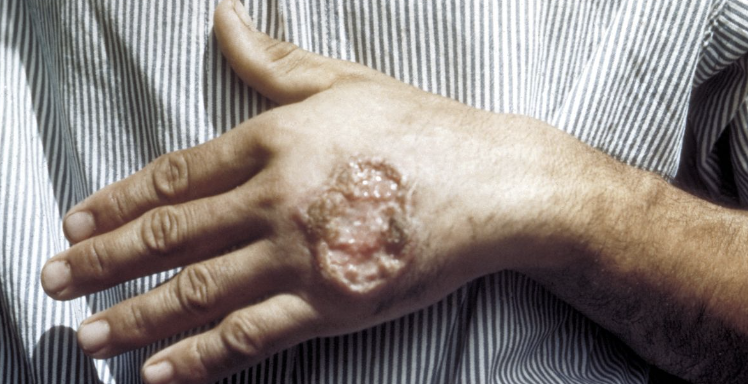According to the Centers for Disease Control and Prevention, a parasite known as Leishmania may already be endemic in Texas and other southern states, CBS News reported.
The parasite, which is transmitted through the bites of infected female sandflies, causes a disease known as leishmaniasis, resulting in skin sores that develop weeks after the bite has occurred.
Cases of leishmaniasis typically affect individuals who have traveled abroad to tropical or subtropical regions.
However, the CDC has recently discovered 86 Leishmania cases from individuals who have no recent travel history outside America, NBC News reported.
Researchers also identified an exclusive Leishmania strain that exhibited distinct genetic characteristics compared to cases associated with travel. This means that the strain was likely spreading locally.
Per the CDC’s website, Leishmaniasis is a “parasitic disease that is found in parts of the tropics, subtropics and southern Europe.
“It is classified as a neglected tropical disease. Leishmaniasis is caused by infection with Leishmania parasites, which are spread by the bite of phlebotomine sand flies,” the website explains.
“There are several different forms of leishmaniasis in people,” it continues. “The most common forms are cutaneous leishmaniasis, which causes skin sores, and visceral leishmaniasis, which affects several internal organs (usually spleen, liver, and bone marrow).”
“Sometimes you don’t even notice that you’ve been bitten,” said Dr. Mary Kamb, a medical epidemiologist at the US Centers for Disease Control and Prevention in Atlanta, according to CNN.
“People could be asymptomatic and not develop anything, but when people are symptomatic, they develop ulcers on their skin and sometimes it starts like a little tiny volcano with a crater in it,” she added. “We need to increase the awareness among clinicians, dermatologists, infectious disease doctors or general practitioners.”
Meanwhile, NBC quoted the assistant director of the molecular microbiology clinical laboratory at UW Medicine, Joshua Lieberman, assuring people that the risk of infection was “vanishingly small.”
“Our understanding of leishmaniasis acquired in the U.S. is still really evolving,” said Lieberman. “It’s not clear to me whether the true rate of new infections is increasing or we’re just getting better at detecting it, or both.
“For the general public, if you’re not traveling to endemic areas, your risk is vanishingly small,” he added.
For those that do get infected, Lieberman said there are various treatment options available
“The good news is treatment is going to be much more mild for the disease type that we’re seeing in the U.S,. but for returning travelers who may have more severe disease or other types of infections that go to organs or go to the insides of the nose and the mouth, those can require toxic drugs,” he said.
Last month, The Western Journal reported on the existence of a “parasitic brain worm” known in scientific circles as Angiostrongylus cantonensis. According to the CDC, the parasite was discovered in various coastal states and is believed to have originated in Asia.
via westernjournal

